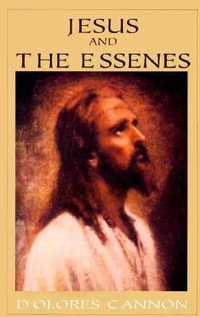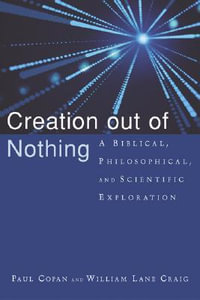In the second book of Samuel, the prophet Nathan tells King David that God will give to him and his descendants a great and everlasting kingdom. In this study Schniedewind looks at how this dynastic Promise has been understood and transmitted from the time of its first appearance at the inception of the Hebrew monarchy until the dawn of Christianity. He shows in detail how, over the centuries, the Promise grew in importance and prestige. One measure of this growing importance was the Promise's ability to coax new readers into fresh interpretations.
Industry Reviews
"An extremely interesting and important book, which examines a central issue of biblical scholarship. The mastery of both historical and textual material is very unusual, and offers an important model for what inter-disciplinary biblical scholarship should look like."--Marc Brettler, Brandeis University
"This is an impressive work of erudition, not least for the range of historical and literary material (both primary and secondary) that it covers. Schniedewind is to be complimented on his careful consideration of historical, sociological, and archaeological data in portraying the context of the different moments he treats. . . . [T]he book will reward its reader and merits a positive reception." --Journal of Biblical Literature
"Schniedewind has made a very substantial contribution to the social history of the Judean monarchy and illustrated an approach to biblical interpretation that may be profitably adapted to other topics."--The Journal of Religion
"An extremely interesting and important book, which examines a central issue of biblical scholarship. The mastery of both historical and textual material is very unusual, and offers an important model for what inter-disciplinary biblical scholarship should look like."--Marc Brettler, Brandeis University
"This is an impressive work of erudition, not least for the range of historical and literary material (both primary and secondary) that it covers. Schniedewind is to be complimented on his careful consideration of historical, sociological, and archaeological data in portraying the context of the different moments he treats. . . . [T]he book will reward its reader and merits a positive reception." --Journal of Biblical Literature
























